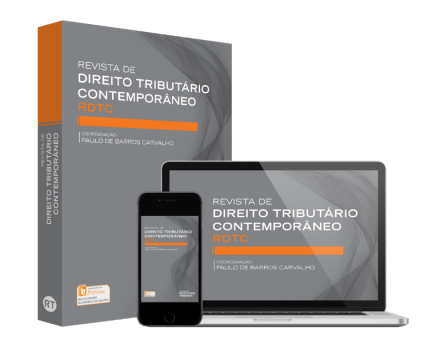A “REVOGAÇÃO TÁCITA” E A DEMARCAÇÃO DE LIMITE AO PROCESSO NOMOGENÉTICO
Revista de Direito Tributário Contemporâneo
A “REVOGAÇÃO TÁCITA” E A DEMARCAÇÃO DE LIMITE AO PROCESSO NOMOGENÉTICO
Autor Correspondente: L. G. Britto | [email protected]
Palavras-chave: enunciação, ab-rogação, derrogação, competência, interpretação, aplicação
Resumos Cadastrados
Resumo Português:
O objetivo deste artigo é examinar o instituto designado pela Ciência do Direito como “revogação tácita” de normas jurídicas, segundo disposição contida na segunda parte do § 1º do artigo 2º do Decreto-lei 4.657/1942, concebendo-o como um limite ao processo nomogenético desenvolvido pelo intérprete autêntico do direito e não como um fenômeno jurídico revogatório de enunciados prescritivos do sistema do direito positivo. O tema ganha relevância no contexto do direito tributário ao se notar que decisões judiciais proferidas pelo Superior Tribunal de Justiça envolvendo matérias de grande repercussão tributária enfrentaram diretamente o instituto da “revogação tácita” (REsp 1.050.430/DF e AgInt no REsp 1.570.980/SP), que virá à tona novamente com a afetação do REsp 1.898.532/CE e do REsp 1.905.870/PR ao rito dos recursos repetitivos.
Resumo Inglês:
This paper aims to examine the institute designated by the Science of Law as “quiet repeal” of legal rules, according to the Law 4657/1942 Section 2 (1), conceiving it as a limit to the process of production of legal rules developed by the authentic interpreter of the law and not as a legal revoking prescriptive statements of the positive law system. The theme gains relevance in the context of tax law by noting that judicial decisions issued by the Superior Court involving matters of great tax repercussion have directly faced the institute of “quiet repeal” of law in recent years and that will come up again with the impact of some court lawsuits to the rite of repetitive appeals.

